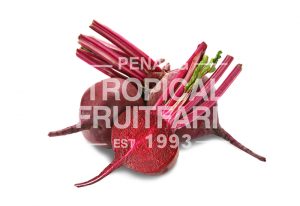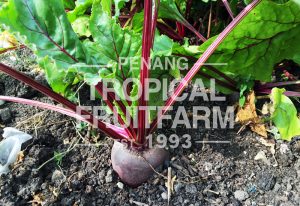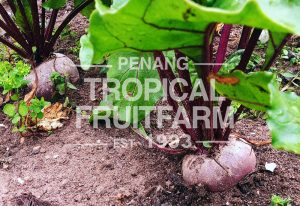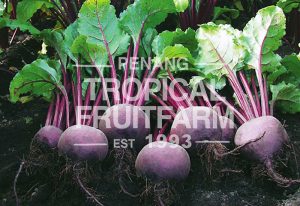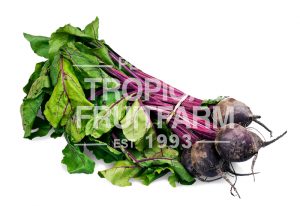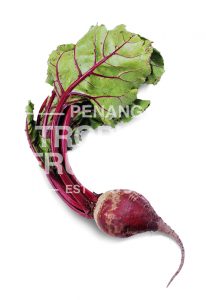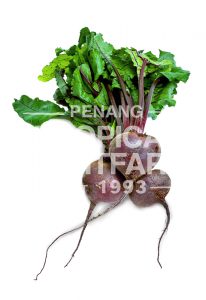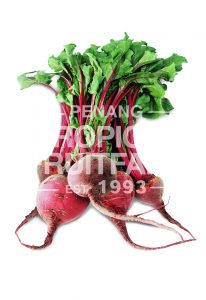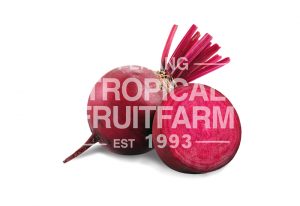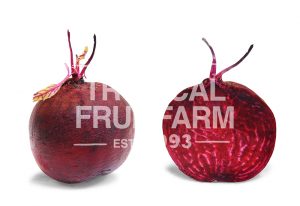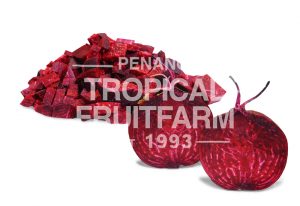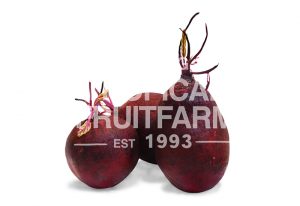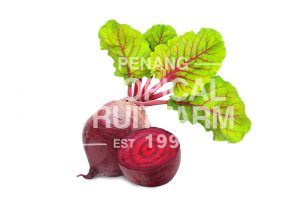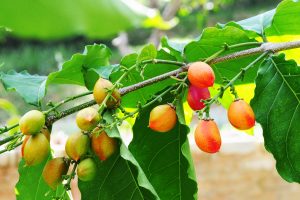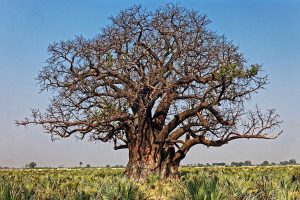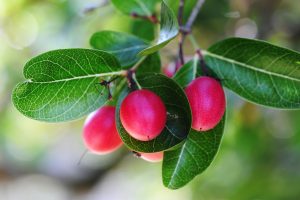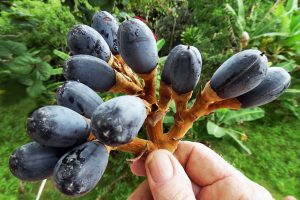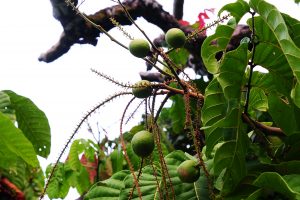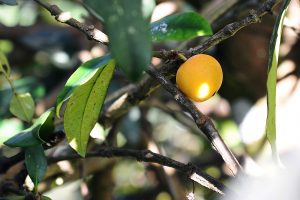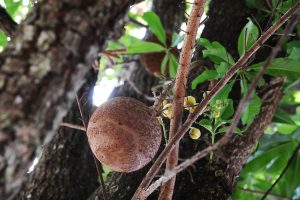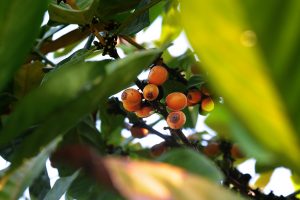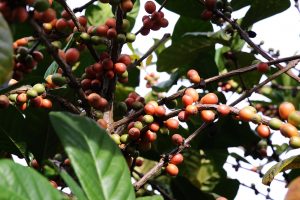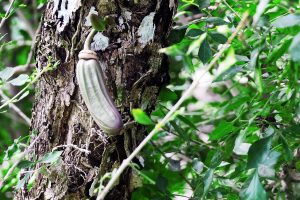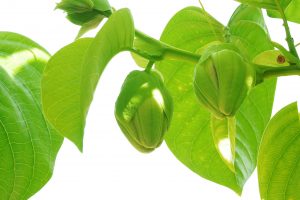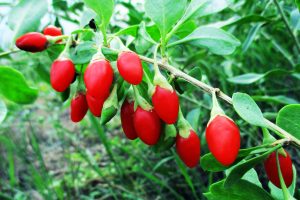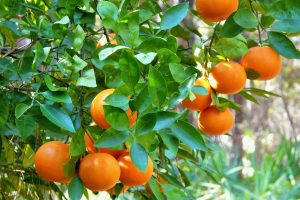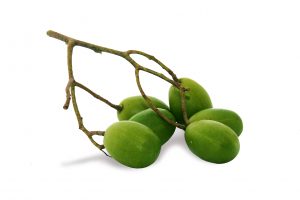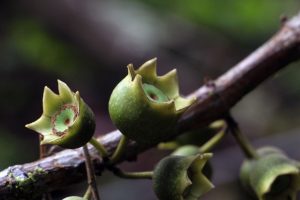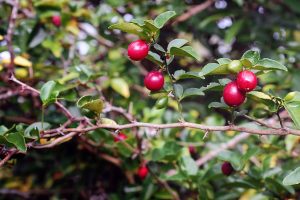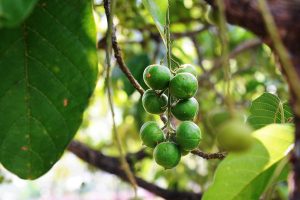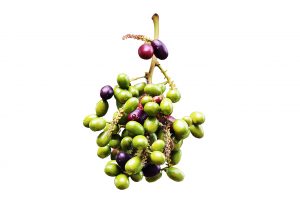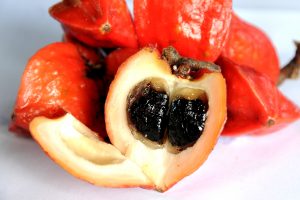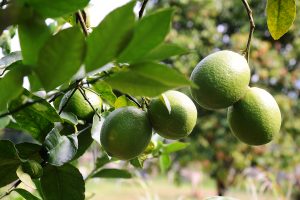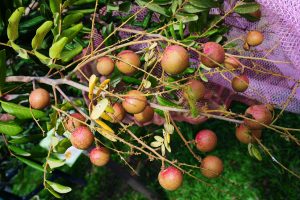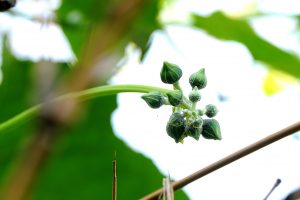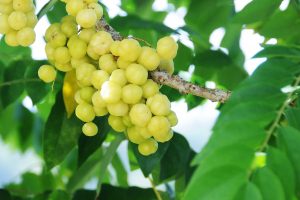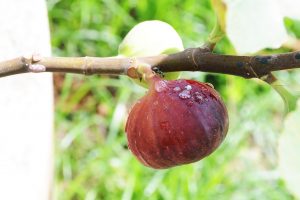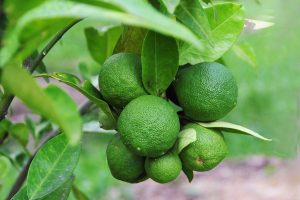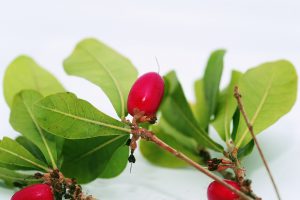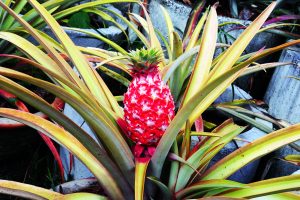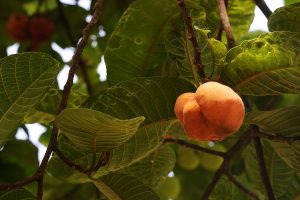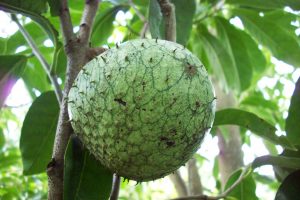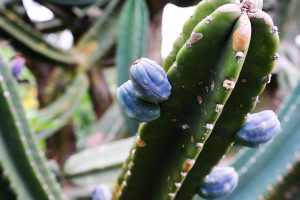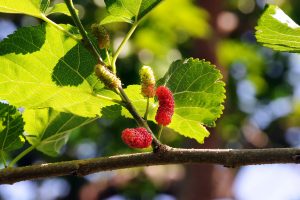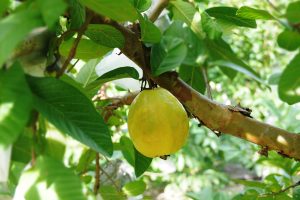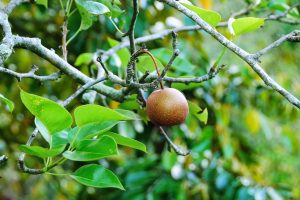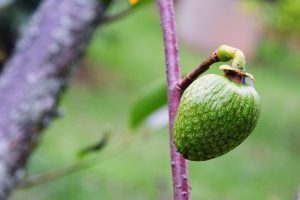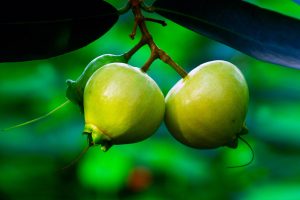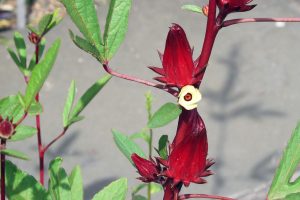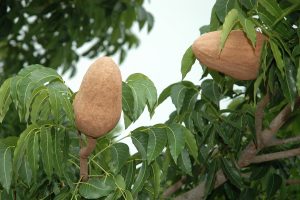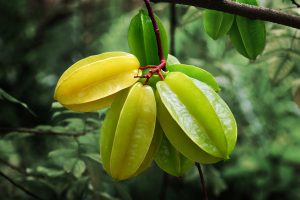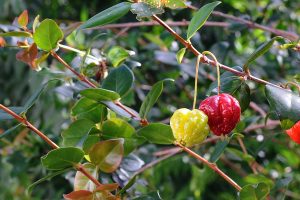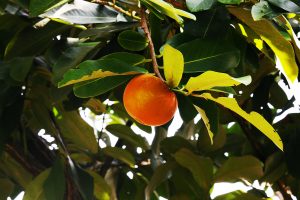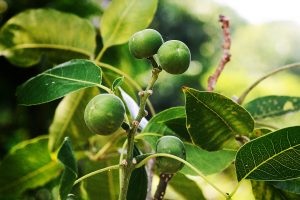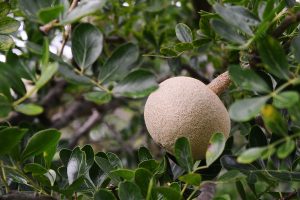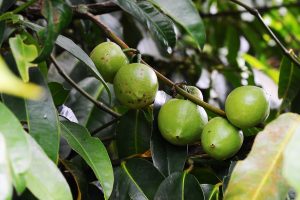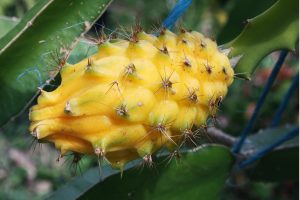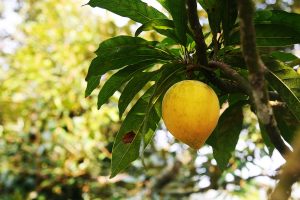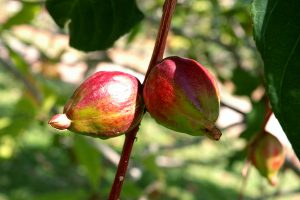| Origin | Probably originated in southern Mexico but was cultivated from the Rio Grande to central Peru before the arrival of Europeans. |
| Description | Depending on the variety, some are pear-shaped, egg-shaped or spherical. Green in colour but some will turn blackish when ripe. The fruit is not sweet, but fatty, and distinctly yet subtly flavored, and of smooth, almost creamy texture. |
| Growth Habitat | The avocado tree does not tolerate freezing temperatures, and can be grown only in subtropical or tropical climates The avocado is a dense, evergreen tree, shedding many leaves in early spring. It is fast growing and can with age reach 80 feet. |
| Foliage | Leaves are alternate, glossy, elliptic and dark green with paler veins. They normally remain on the tree for 2 to 3 years. It is high in oils and slow to compost and may collect in mounds beneath trees. The West Indian varieties are scentless, while Mexican types have a pronounced anise scent when crushed. Guatemalan types are rarely anise-scented but have medicinal use. |
Lorem ipsum dolor sit amet, consectetuer adipiscing elit, sed diam nonummy nibh euismod tincidunt ut laoreet dolore magna aliquam erat volutpat.
Lorem ipsum dolor sit amet, consectetuer adipiscing elit, sed diam nonummy nibh euismod tincidunt ut laoreet dolore magna aliquam erat volutpat.
| Flowers | Avocado flowers appear in January - March before the first seasonal growth, in terminal panicles of 200 - 300 small yellow-green blooms. Each panicle will produce only one to three fruits. |
| Fruits | West Indian types : enormous, smooth round, glossy green fruits, low in oil and weigh up to 2 pounds. Guatemalan types : medium ovoid or pear-shaped, pebbled green fruits that turn blackish-green when ripe. Mexican varieties: small (6 - 10 ounces) with paper-thin skins that turn glossy green or black when ripe. Wind-caused abrasion can scar the skin, forming cracks which extend into the flesh. |
| Harvest | An average tree produces about 500 avocados annually. Commercial standards requires fruit to reach 8% oil content before harvesting. Mexican types ripen in 6 - 8 months from bloom, but discolor quickly and require immediate consumption. Guatemalan types usually take 12 - 18 months, can be stored firm, at 40 - 50° F. up to six weeks.. Purple cultivars should be permitted to color fully before harvest. |
| Soil | Loose, decomposed granite or sandy loam is best. The trees grow well on hillsides and is tolerant of acid or alkaline soil. Won’t survive in locations with poor drainage but should never be planted in stream beds. |
| Pruning | The skirts of avocado trees are sometimes trimmed to discourage rodents, otherwise the trees are usually never pruned. Columnar cultivars require pinching at early age to form a rounded tree. Best results are obtained by fencing the tree with plastic mesh for the first two to three years. |
| Fertilization | Start on young trees after one year of growth, using a balanced fertilizer, four times yearly. Older trees benefit from nitrogenous fertilizer. Yellowed leaves (chlorosis) indicate iron deficiency (usually in mature trees) and can be corrected by a chelated foliar spray of trace elements containing iron. |
| Propagation | Propagation by seed takes roughly four to six years to bear fruit and the offspring is unlikely to resemble the parent cultivar in fruit quality. Grafted plants normally produce fruit within one to two years. |
| Nutritional Properties | Vitamin A, B1, B2, B3, vitamin C, E, K, copper, potassium (3x more than banana), zinc, iron, folate, folic acid, essential fatty acids, amino acids, ascorbic acid, fiber, glutathione, biotin, carotenoids, manganese, pyridoxine, riboflavin An ideal fruit for diabetic people and can treat hypoglycemic as it is low in glucose. |
| Health Benefits | - Lowering cholesterol - Providing protection against liver damage - Helping in the fight against certain cancers (oleic acid provides protection against breast cancer) - Inhibit growth of certain harmful intestinal bacteria - Helps control blood pressure - Helps prevent stroke |
| Commercial Uses | It is high in sterolins, (plant steroids) an ideal ingredient in skincare products as a good moisturizing and nourishing compound, assisting in the regeneration and rejuvenation of the skin. Ideal for dry, itching (psoriasis and eczema), dehydrated or mature skins to reduce age spots and heals sun damage and scars and as hair conditioner. |
| Medicinal Properties | Leaf and seed extracts have been used for a variety of medical application, including treatment of diarrhea and dysentery and as an antibiotic. |
| Food Suggestion | Popular in vegetarian cuisine as substitute for meats because of its high fat content. Key ingredient in Mexican dip, guacamole and in California rolls Avocado Cream Smoothie - 1 medium avocado, peeled and pitted - 1 tablespoon honey - 1 cup coconut milk - 6 ice cubes Blend all the above together until smooth. Serves 1-2. |

